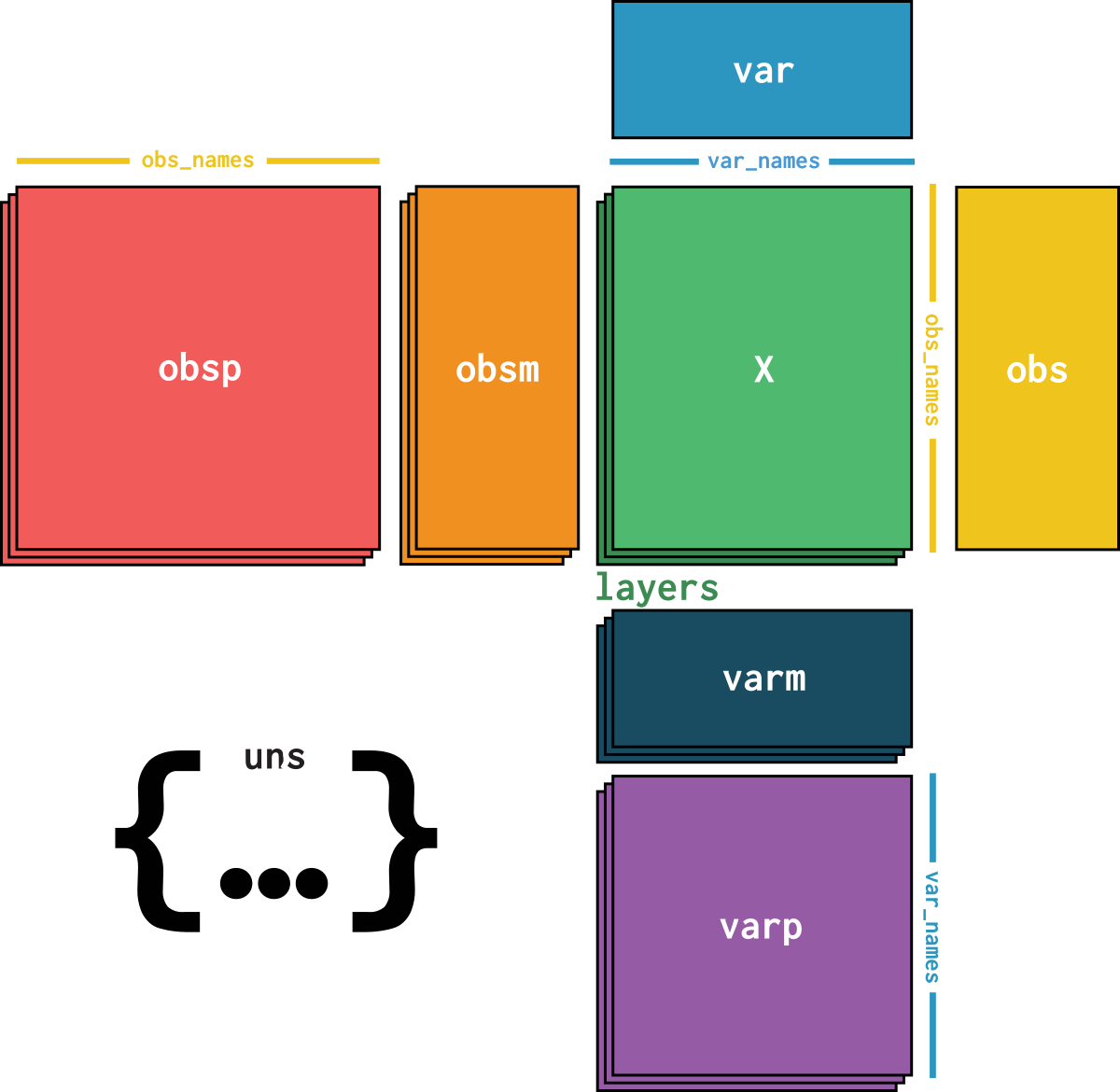Info
tenx_
10x Genomics (2021)
55.79 MiB
23-09-2024
2518 cells × 13311 genes
Gene expression library of Human Breast Cancer (Visium FFPE) using the Human Whole Transcriptome Probe Set

tenx_
10x Genomics (2021)
55.79 MiB
23-09-2024
2518 cells × 13311 genes
CREATED
23-09-2024
DIMENSIONS
2518 × 13311
10x Genomics obtained FFPE human breast tissue from BioIVT Asterand Human Tissue Specimens. The tissue was annotated with Ductal Carcinoma In Situ, Invasive Carcinoma. The tissue was sectioned as described in Visium Spatial Gene Expression for FFPE - Tissue Preparation Guide Demonstrated Protocol (CG000408). Tissue sections of 5 µm were placed on Visium Gene Expression slides, then stained following Deparaffinization, H&E Staining, Imaging & Decrosslinking Demonstrated Protocol (CG000409).
dataset is an AnnData object with n_obs × n_vars = 2518 × 13311 with slots:
feature_id, feature_namecountsdataset_description, dataset_id, dataset_name, dataset_organism, dataset_reference, dataset_summary, dataset_url| Name | Description | Type | Data type | Size |
|---|---|---|---|---|
| var | ||||
feature_
|
Unique identifier for the feature, usually a ENSEMBL gene id. |
vector
|
object
|
13311 |
feature_
|
A human-readable name for the feature, usually a gene symbol. |
vector
|
object
|
13311 |
| layers | ||||
counts
|
Raw counts |
sparsematrix
|
float32
|
2518 × 13311 |
| uns | ||||
dataset_
|
Long description of the dataset. |
atomic
|
str
|
1 |
dataset_
|
A unique identifier for the dataset. This is different from the obs.dataset_id field, which is the identifier for the dataset from which the cell data is derived.
|
atomic
|
str
|
1 |
dataset_
|
A human-readable name for the dataset. |
atomic
|
str
|
1 |
dataset_
|
The organism of the sample in the dataset. |
atomic
|
str
|
1 |
dataset_
|
Bibtex reference of the paper in which the dataset was published. |
atomic
|
str
|
1 |
dataset_
|
Short description of the dataset. |
atomic
|
str
|
1 |
dataset_
|
Link to the original source of the dataset. |
atomic
|
str
|
1 |
dataset.layers['counts']In R: dataset$layers[["counts"]]
Type: sparsematrix, data type: float32, shape: 2518 × 13311
Raw counts
dataset.uns['dataset_description']In R: dataset$uns[["dataset_description"]]
Type: atomic, data type: str, shape: 1
Long description of the dataset.
dataset.uns['dataset_id']In R: dataset$uns[["dataset_id"]]
Type: atomic, data type: str, shape: 1
A unique identifier for the dataset. This is different from the obs.dataset_id field, which is the identifier for the dataset from which the cell data is derived.
dataset.uns['dataset_name']In R: dataset$uns[["dataset_name"]]
Type: atomic, data type: str, shape: 1
A human-readable name for the dataset.
dataset.uns['dataset_organism']In R: dataset$uns[["dataset_organism"]]
Type: atomic, data type: str, shape: 1
The organism of the sample in the dataset.
dataset.uns['dataset_reference']In R: dataset$uns[["dataset_reference"]]
Type: atomic, data type: str, shape: 1
Bibtex reference of the paper in which the dataset was published.
dataset.uns['dataset_summary']In R: dataset$uns[["dataset_summary"]]
Type: atomic, data type: str, shape: 1
Short description of the dataset.
dataset.uns['dataset_url']In R: dataset$uns[["dataset_url"]]
Type: atomic, data type: str, shape: 1
Link to the original source of the dataset.
dataset.var['feature_id']In R: dataset$var[["feature_id"]]
Type: vector, data type: object, shape: 13311
Unique identifier for the feature, usually a ENSEMBL gene id.
dataset.var['feature_name']In R: dataset$var[["feature_name"]]
Type: vector, data type: object, shape: 13311
A human-readable name for the feature, usually a gene symbol.